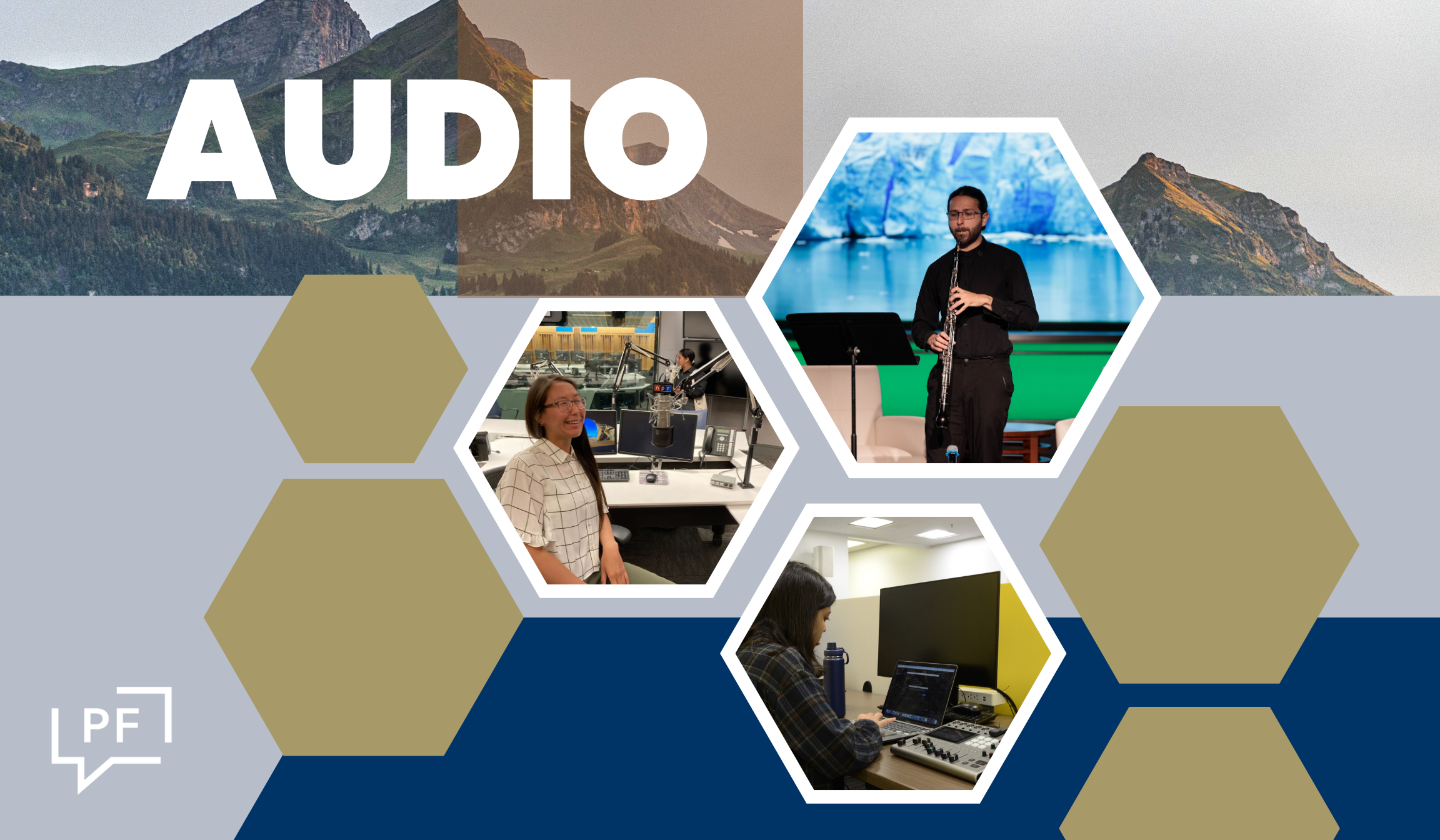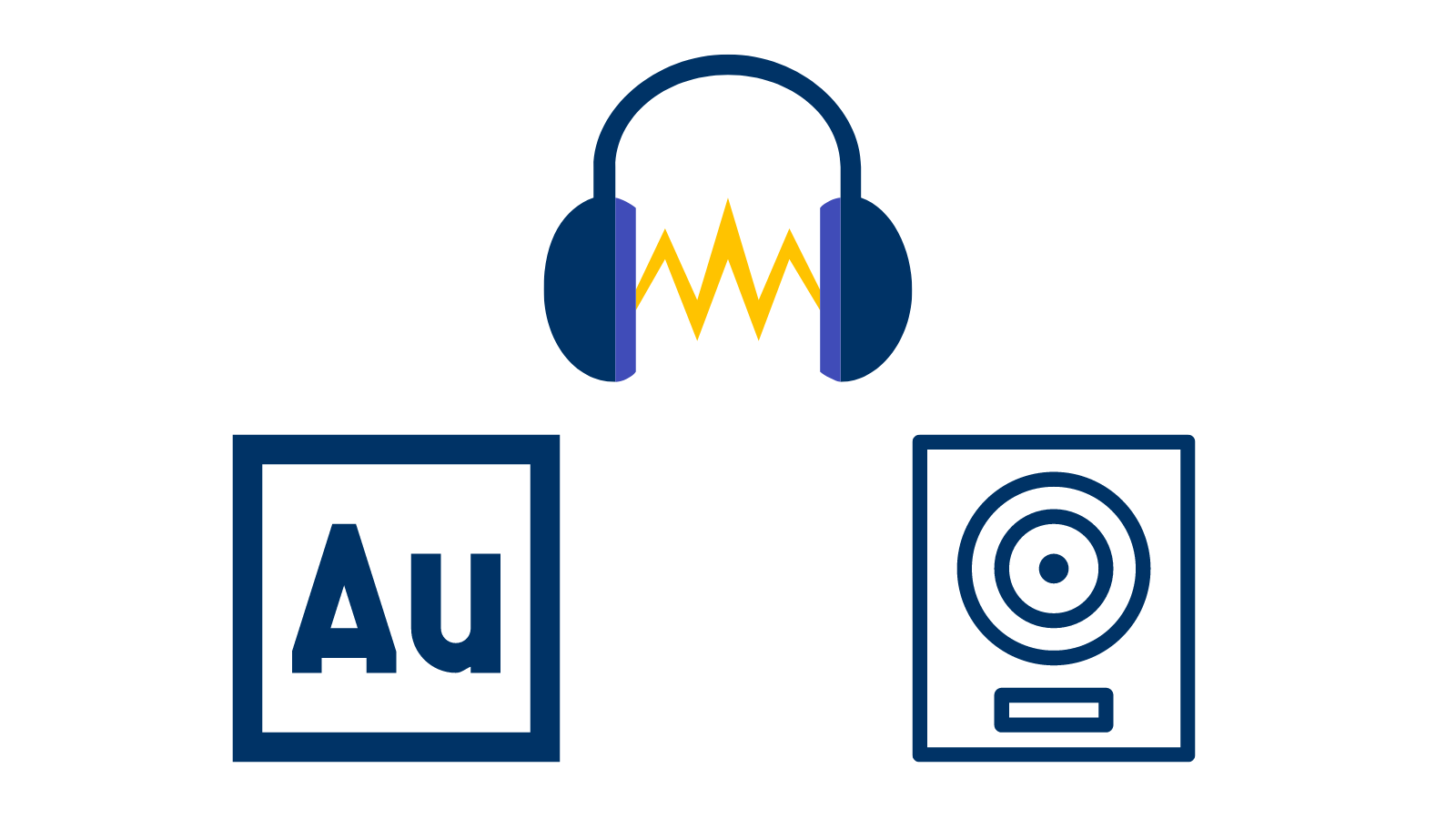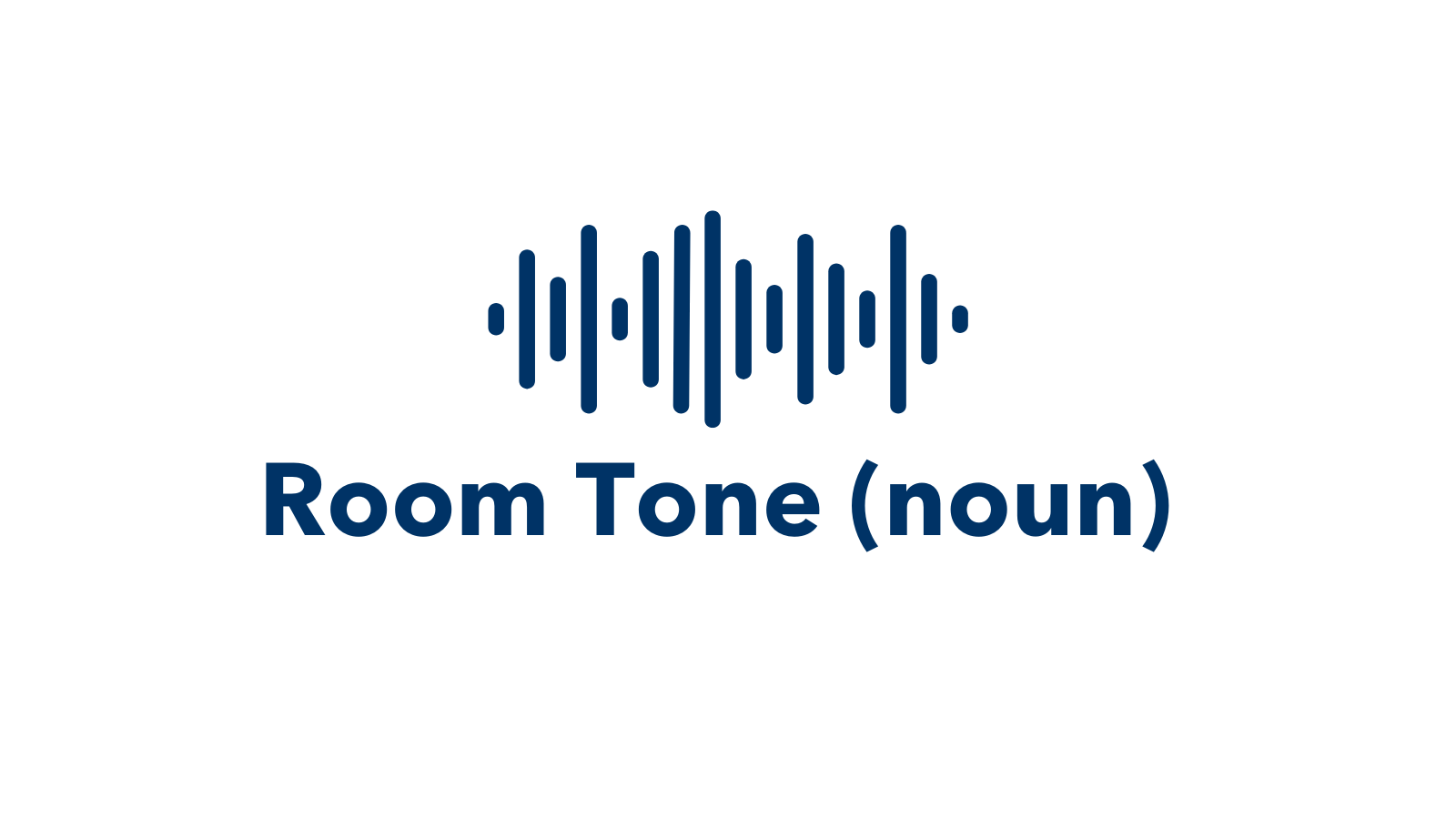Audio Editing: Polishing Sound for Impactful Storytelling
Audio editing can help bring your story together by incorporating different elements including audio, music, or narration to achieve a professional and impactful audio experience.
Audio editing can help bring your story together by incorporating different elements including audio, music, or narration to achieve a professional and impactful audio experience.

The most common audio edits include cutting (deleting unwanted sections), fading (to fix abrupt changes), and mixing (which combines more than one audio file into one). Keeping the following in mind can help you polish your sound for high-quality audio storytelling.
There are many different audio editing softwares available, also known as a digital audio workstation (DAW). These include Adobe Audition, Audacity, Logic Pro, Pro Tools, and Ableton Live, among others. These programs can help you achieve various audio editing basics, from selection, processing, editing, and output. Remember, there are numerous resources available online, including tutorials on platforms like YouTube, that provide step-by-step guidance on audio editing techniques. Make use of these tutorials to expand your knowledge and refine your editing skills.

If you’re new to audio editing, the terminology may be confusing to you at first. Here’s a glossary from NPR to help you out:
Glossary

Explore the use of music or audio effects to add depth and creativity to your storytelling. However, it’s important to make sure to use them sparingly and purposefully to avoid overpowering the narrative. Jonathan Menjivar from This American Life explains how he does so in an online essay:
Read here!

Our final resource is Spotify’s Gimlet Academy. This five episode podcast was created by Spotify in 2020 to provide tips that can help you become an expert podcaster.